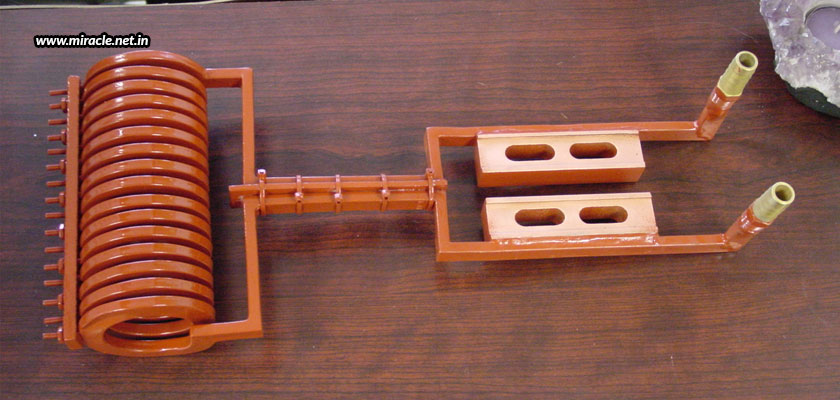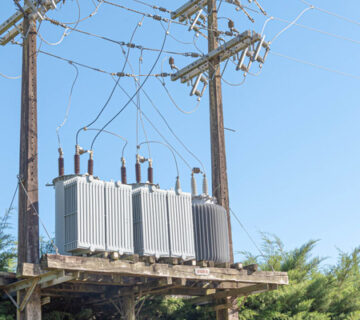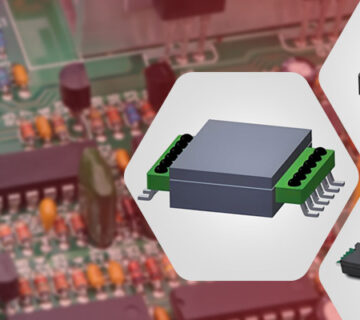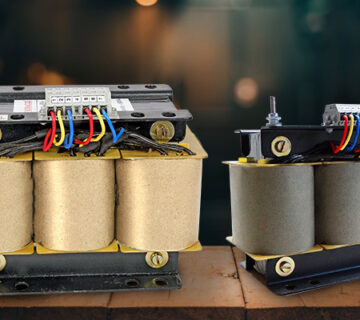Inductor heating coils, or inductors in short, are important components in an induction heating system, which decide upon how effectively and efficiently the equipment is heated. These are water-cooled copper conductors made up of copper tubing that are readily formed in the shape of a coil for making the induction heating process possible.
Current flowing in a conductor creates a magnetic field; and an alternating current creates an alternating field, which produces an alternating current in a second conductor. Current is proportional to the field strength – higher the current, higher the strength; and lower the current, lower is the strength. In addition, the transformer effect where the amount of current is induced in the equipment, is proportional to the number of turns on the coil, which is generated like a mirror image of the work coil. This clearly proves that the coil design is very essential to determine the effectiveness and efficiency of any induction heating process.
To create the perfect design, it needs to be first understood where heat needs to be generated in the equipment, along with the entire heating process. After this is understood and determined, the coil’s design is planned to achieve that heating effect in the intended portion of the equipment. Various kinds of coil designs are available depending upon the shape of the equipment and the heating requirements. The most common designs that are seen include pancake coils, helical coils, and channel coils.
Now let us understand the induction heating process. Induction produces an electromagnetic field in the coil that transfers energy to the equipment that is to be heated. When the current passes through the wire, a magnetic field is produced around it. Thus, induction provides for accurate, efficient, safe, and quick heating. Induction heating can be created through eddy current heating for the losses caused from the resistivity of an equipment’s material. Another method that can be used is hysteretic heating, in which energy is produced within an equipment by the alternating magnetic field generated by the coil, which modifies its magnetic polarity.
When there is a change in the direction of the electrical current, the magnetic field generated fails, and is produced in the reverse direction, which in turn reverses the direction of the current. When a second wire is positioned in this magnetic field, an alternating current is produced. Both the currents produced in the individual wires are proportional to each other. Therefore, with the help of an alternating electric field, energy is transmitted to the equipment with a work coil.
The equipment that needs to be heated and the material of the equipment is what decide the operating frequency of the induction heating system. It is advisable to use heating systems that provide power over the range of frequencies suitable for the application. After all, high frequency induction heating has a shallow skin effect, which is great for small parts. But, when larger parts need to be heated, you will need to opt for lower operating frequencies.
You can get in touch with Miracle Electronics, the leading inductor coil manufacturer in India, who can help you decide upon the most suitable inductor coil required for your application regarding the material, shape, and every other aspect that needs to be taken into consideration.




